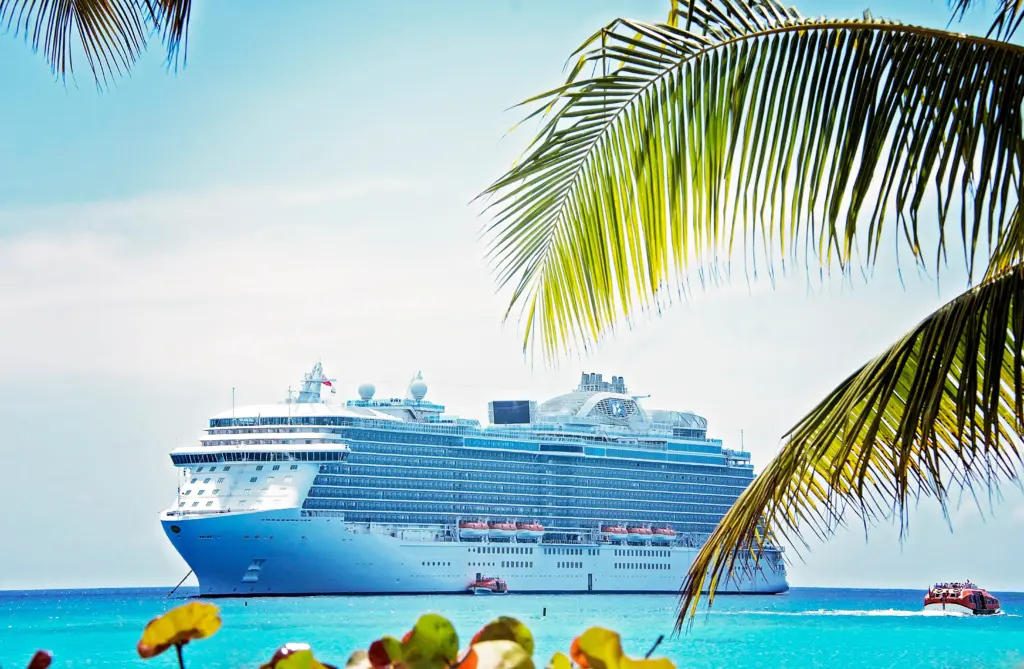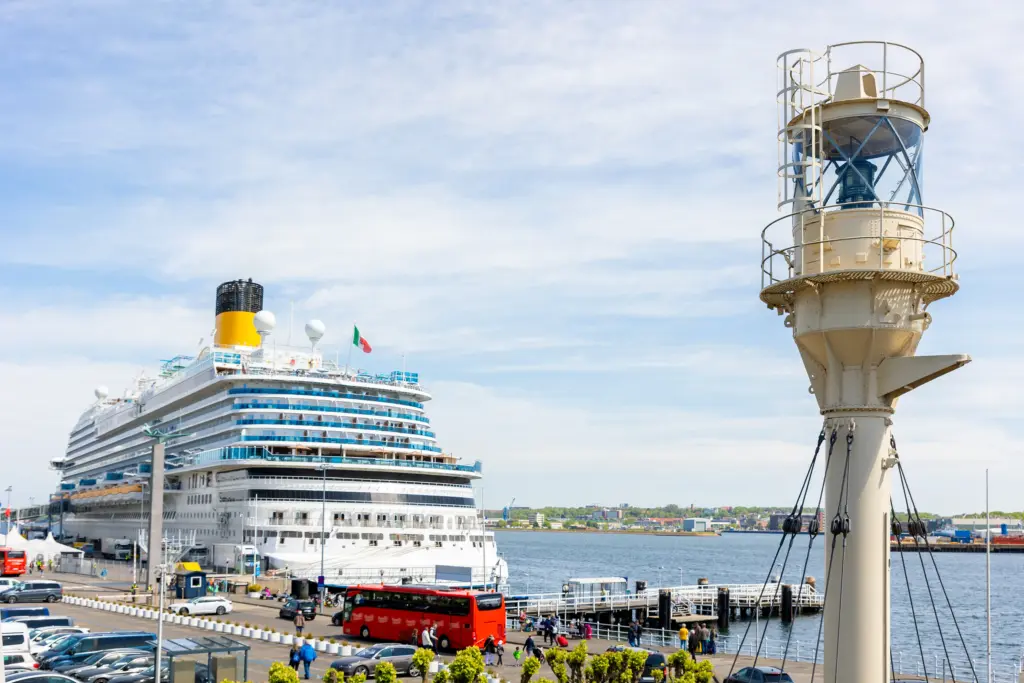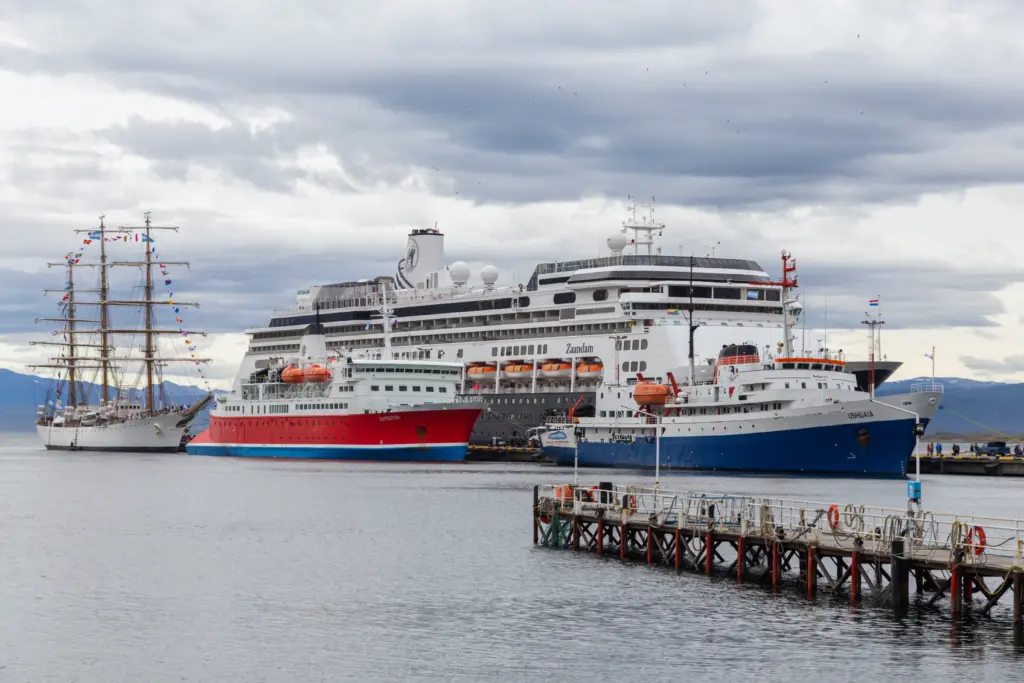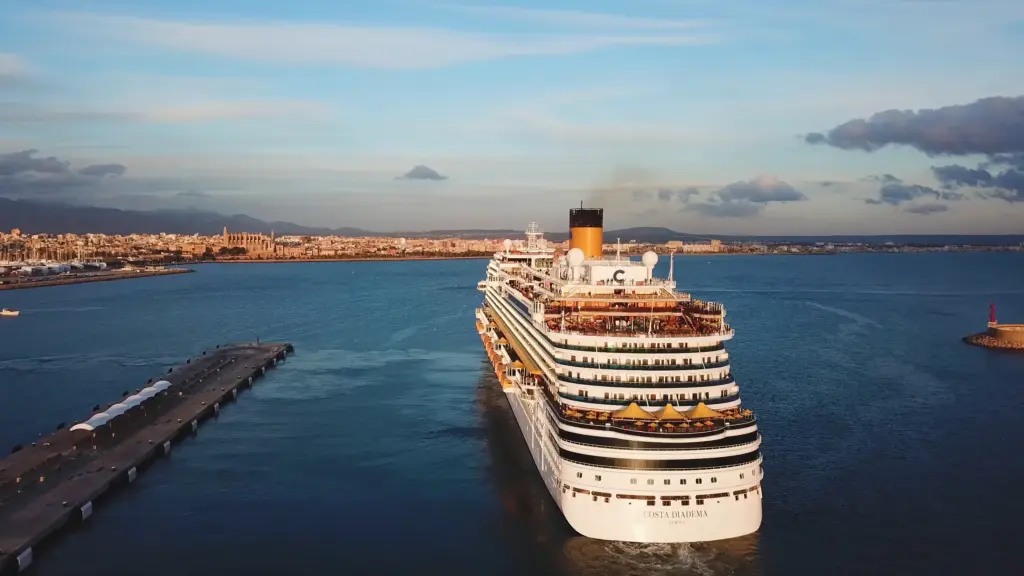Every year, millions of passengers enjoy vacations at sea, leading many to wonder, how many cruise ships sink a year? The idea of a ship sinking often sparks anxiety, fueled by dramatic stories from history. However, the reality is far more reassuring. Modern cruise ships are among the safest forms of travel, designed with advanced safety systems and strict international regulations. Understanding the real risks, historical data, and safety measures helps passengers feel confident when stepping aboard a modern vessel.

The Rarity of Cruise Ship Sinkings
Despite the size and number of vessels operating globally, complete cruise ship sinkings are extremely rare. According to the Cruise Lines International Association (CLIA), tens of millions of passengers travel safely every year. On average, fewer than one or two major incidents occur in a decade, and most involve smaller regional ships, not large ocean liners. Statistically, air travel, road trips, and even daily commuting pose higher risks than cruising.
Modern Safety Regulations
International maritime safety is governed by the International Maritime Organization (IMO) and reinforced by national authorities such as the U.S. Coast Guard. Cruise ships must meet the Safety of Life at Sea (SOLAS) standards, which dictate design, construction, and operational requirements. These regulations ensure that even if a vessel is damaged, it remains buoyant long enough for all passengers and crew to evacuate safely. Continuous inspections and emergency drills are part of mandatory safety routines, ensuring every voyage meets strict compliance.

Engineering That Prevents Disasters
Modern ships are technological marvels built to withstand extreme conditions. Double hulls, watertight compartments, and computerized monitoring systems protect against flooding and mechanical failures. Even if one section is breached, bulkheads prevent water from spreading. Stabilizers reduce rolling, while sophisticated navigation tools detect obstacles long before they pose danger. When asking how many cruise ships sink a year, it is important to understand that modern engineering makes total loss nearly impossible under normal conditions.
Historical Perspective
Over the last century, only a handful of cruise ships have suffered catastrophic accidents. Famous examples such as the Titanic in 1912 or the Costa Concordia in 2012 are tragic reminders of what can go wrong, yet they are exceptions in a long history of safe voyages. Each incident led to new safety regulations and design improvements. The lessons learned from past disasters continue to shape today’s maritime safety standards, making modern ships safer than ever before.
Common Causes of Maritime Incidents
When maritime accidents occur, they often involve human error, weather, or technical malfunction rather than design flaws. Navigation mistakes, poor communication, or unexpected storms can create challenging conditions. However, improved training and automation have significantly reduced such risks. The focus of the industry is prevention through technology, routine maintenance, and international cooperation. The result is a global fleet that operates with safety as its highest priority.

How Crews Prepare for Emergencies
Every crew member on a cruise ship undergoes emergency response training. Evacuation drills, firefighting procedures, and medical response practices are part of their routine duties. Passengers also participate in mandatory safety briefings before departure. These drills ensure everyone knows how to act quickly in an emergency. The combination of human preparedness and engineering redundancy explains why, despite the scale of global cruising, major sinkings are almost nonexistent.
Weather and Natural Hazards
Severe weather poses one of the few uncontrollable risks to ships. Yet, thanks to satellite forecasting and real-time monitoring, captains can reroute vessels to avoid storms. Modern ships are built to withstand rough seas, with advanced stabilization systems that keep them safe even in strong winds or large waves. The National Oceanic and Atmospheric Administration (NOAA) provides global ocean data that cruise lines rely on daily. Weather-related disasters have become increasingly rare due to these advances.
Responding to Accidents at Sea
In the rare event of an emergency, international coordination ensures a swift response. The Coast Guard, local rescue services, and nearby ships all cooperate under the Global Maritime Distress and Safety System (GMDSS). Rescue drills are conducted regularly, and many cruise lines operate with dedicated safety officers overseeing compliance. This system guarantees that help is never far away, even in remote regions of the ocean.

Environmental and Operational Safety
Today’s cruise lines invest heavily in both passenger safety and environmental protection. Engine redundancy, automatic fire suppression, and real-time equipment diagnostics are standard features. Environmental monitoring systems track fuel use and emissions to reduce ecological impact. The focus on sustainability not only protects the planet but also enhances safety by promoting better operational discipline across fleets.
Public Perception vs. Reality
Media coverage can distort public perception when rare accidents occur. A single high-profile event may create fear disproportionate to actual risk. When someone wonders how many cruise ships sink a year, it is often because isolated stories leave lasting impressions. In reality, thousands of voyages are completed safely every month. Awareness, transparency, and education are the best ways to replace fear with facts.
Insurance and Financial Protections
Although the likelihood of a sinking is minimal, responsible ownership and operation include financial safeguards. Cruise companies maintain extensive insurance coverage to protect passengers, crew, and assets. For smaller operators or private charter services, specialized financing and insurance plans can ensure recovery in the rare event of damage. Programs such as best boat fleet financing help commercial operators maintain liquidity while complying with safety and environmental standards.

Why Cruise Ships Keep Getting Safer
Innovation never stops in the maritime world. Autonomous navigation, predictive maintenance, and real-time weather data continue to reduce risk. Design improvements, stricter international laws, and constant inspection cycles make every generation of ships safer than the last. The result is an industry where complete sinkings are almost unheard of, despite the massive scale of global cruising operations.
Conclusion
So, how many cruise ships sink a year? Statistically, almost none. Modern vessels are engineered to endure harsh conditions, guided by regulations that prioritize human life above all else. With cutting-edge safety systems, highly trained crews, and international cooperation, cruising remains one of the safest ways to travel. For those investing in fleets or private vessels, smart financial planning through Float Finance ensures that safety and financial confidence travel hand in hand on every voyage.
